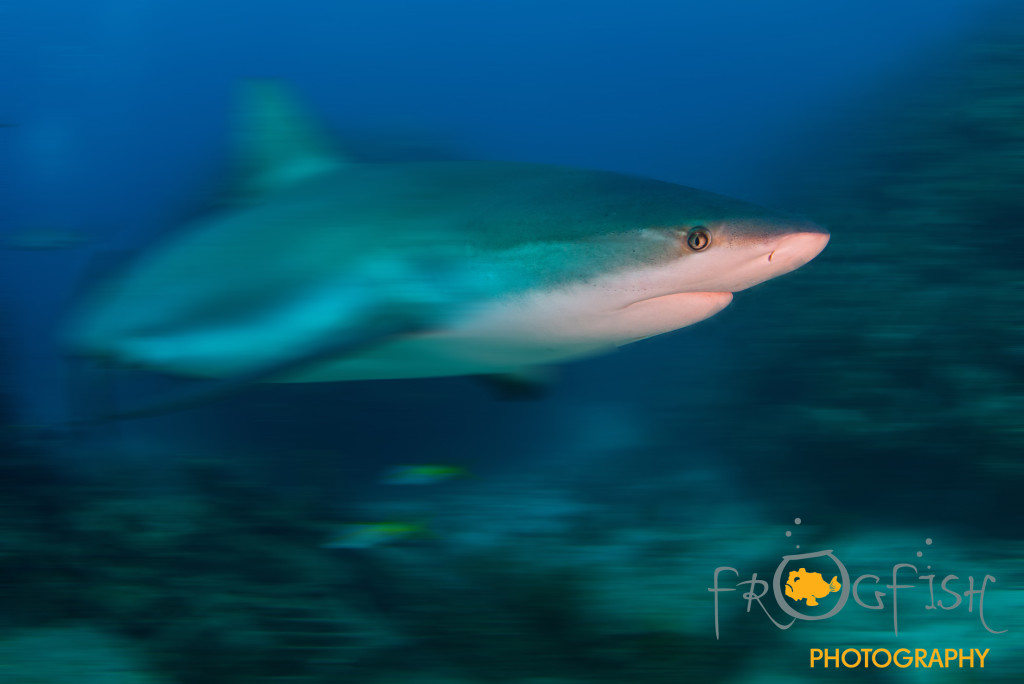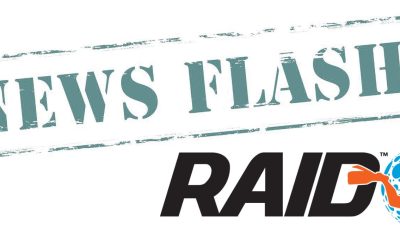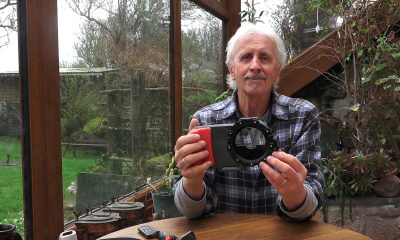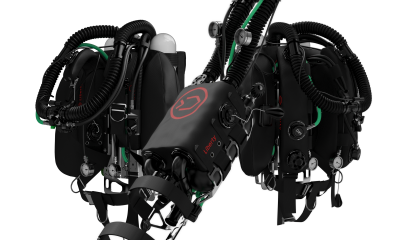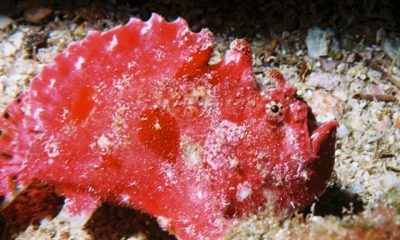News
Underwater Photography Essentials: Part 2
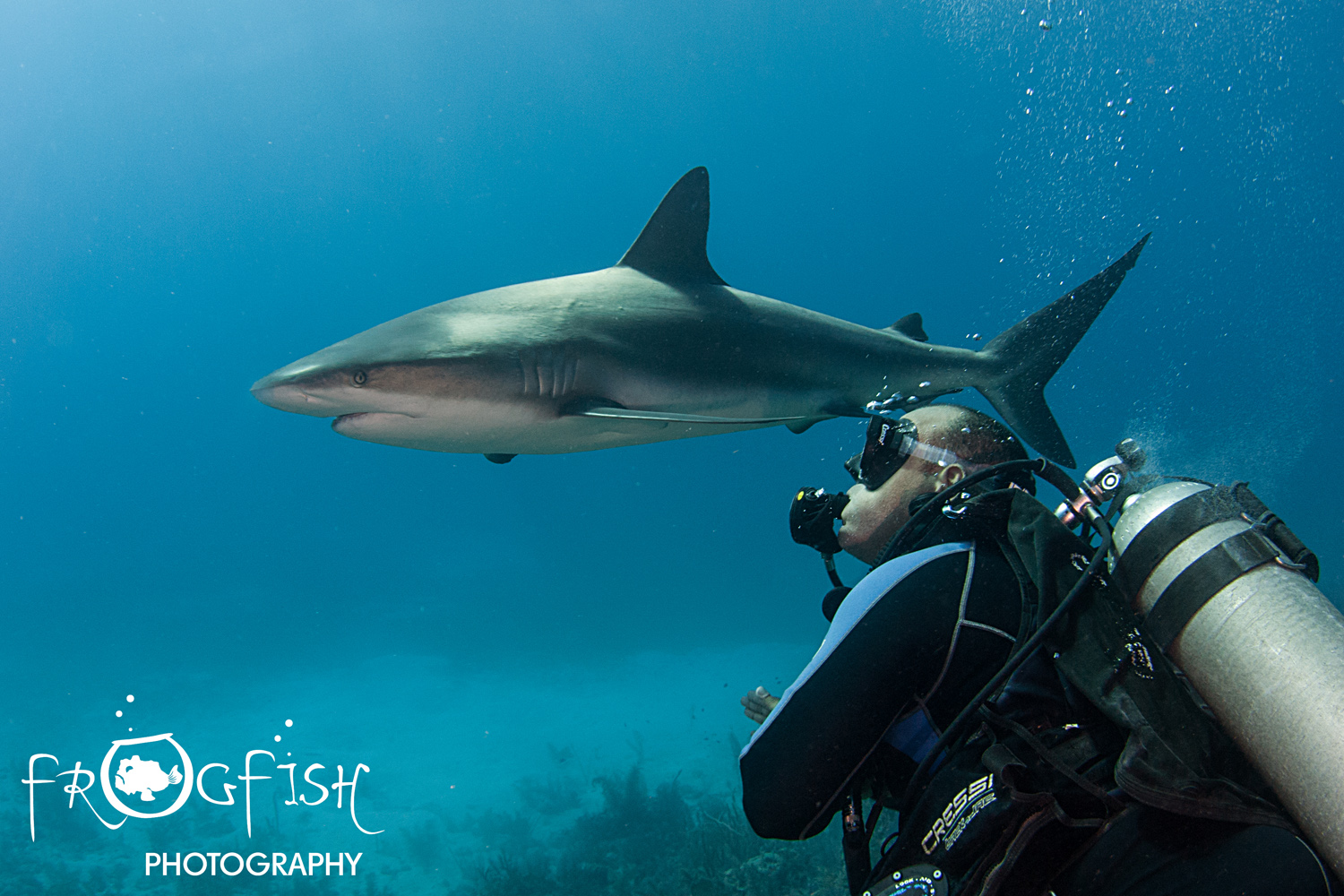
Tips, ideas and advice for budding underwater photographers
by Nick Robertson-Brown FRPS
Part 2: Getting to grips with your camera settings – Shutter Speed
On a digital SLR, the shutter is a mechanical device that blocks the light to the sensor of the camera, but can be opened to allow light onto the sensor when the release button is pressed. Whilst Micro 4/3 and compact cameras may not have a mechanical device for controlling the amount of light that hits the sensor, the action of the shutter is mimicked electronically. Whether it be mechanical or electronic, the speed of the shutter is the second item of the light triangle and the higher the shutter speed, the less time there is for light to get through to the sensor. As stated in part one, the aperture restricts the amount of light entering the camera too, but as discussed, the more light we allow through the aperture, then the smaller the depth of field will be. This leaves us with a trade-off in how we allow the light onto the sensor. If you are photographing moving objects, such as fish, the shutter speed becomes the dominant factor in deciding the level of light. If your shutter speed is not fast enough moving objects may look blurred and out of focus. This is called motion blur and you can use it to great effect if you get it right, as it will give the impression of speed and motion as it moves through the water.
Working within a range of shutter speeds, with and without strobes, in order to freeze fast the moving action and make it pin sharp, use settings of 1/125 to 1/250 (or higher if your camera will synch with the strobes). But remember, as the shutter will not be open for long, not much light will make it onto the sensor. For slow moving subjects, or to achieve some motion blur, work with 1/40 to 1/125 and you will also get more light on your image.
For the cameras that do not have a mechanical shutter, the light is allowed through to the sensor all the time it is switched on. It is, however, only when the release button is pressed that the pixels in the sensor, which are already charged with light, start reading it and then pass the digital image through to the sensor. It is this moment that is recorded by the camera and the balance between the shutter speed and the f-stop will determine how your image looks.
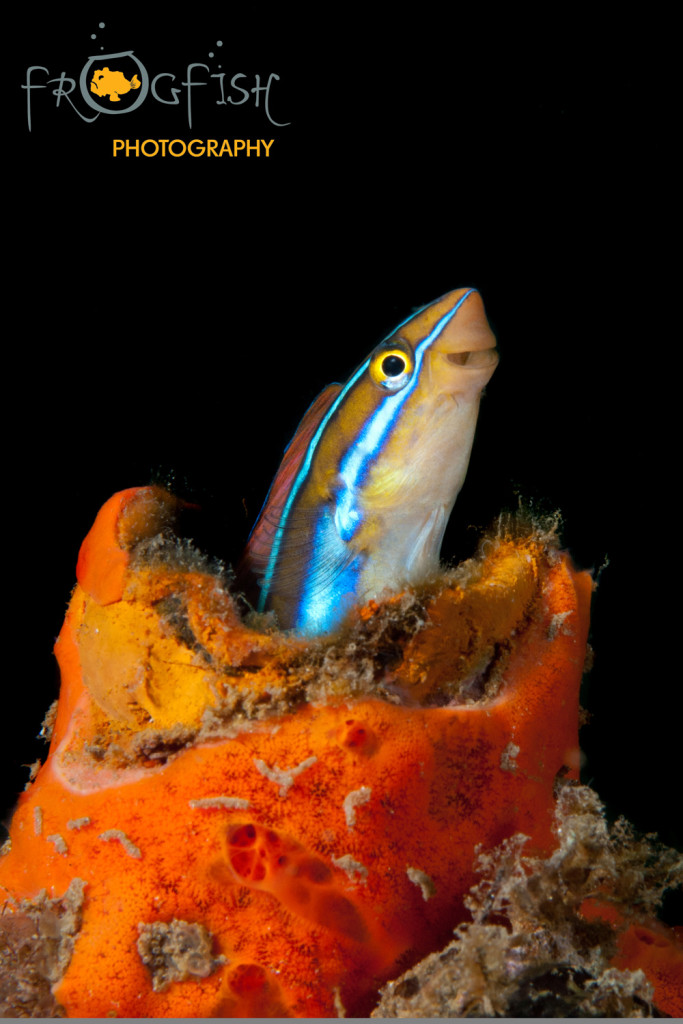 The shutter speed is also important for defining the background colour of the water, particularly if you are using flash or strobe. In this instance, the flash will freeze the action close to the camera, but as light will only travel a few metres underwater, the light from the background will be presented at the sensor according to the aperture or the shutter speed. This will be covered in greater depth when we get to the part of this series on artificial light, but put simply, the aperture should be set to expose for the subject when the flash fires and the shutter speed can be adjusted, within a small range, so that the background will lighten as you increase the time the shutter is open. Conversely, as you close the shutter, the background colour will become darker. This interplay of aperture and shutter speed will give a light value that will vary in a similar way to how it does in air. It is when you introduce artificial light that the options become greater.
The shutter speed is also important for defining the background colour of the water, particularly if you are using flash or strobe. In this instance, the flash will freeze the action close to the camera, but as light will only travel a few metres underwater, the light from the background will be presented at the sensor according to the aperture or the shutter speed. This will be covered in greater depth when we get to the part of this series on artificial light, but put simply, the aperture should be set to expose for the subject when the flash fires and the shutter speed can be adjusted, within a small range, so that the background will lighten as you increase the time the shutter is open. Conversely, as you close the shutter, the background colour will become darker. This interplay of aperture and shutter speed will give a light value that will vary in a similar way to how it does in air. It is when you introduce artificial light that the options become greater.
For a black background shot, start out with settings similar to f8 (or above), 1/200, ISO 100 and a low strobe power setting and then make changes in the shutter speed and watch the background colour change.
The shutter speed settings on the camera are not merely random numbers that the manufacturer has come up with. When changing the aperture, the f-stop scale is a mathematical constant. Each stop doubles or halves the amount of light getting through to the sensor. The shutter speed is also scaled in this way; each stop (or setting) will double or halve the amount of light getting through to the sensor. This means that if you wish to maintain the same exposure value on your image, if you open the aperture by one stop, you must double the speed of the shutter by one stop.
————————————————————————————————————————————————————
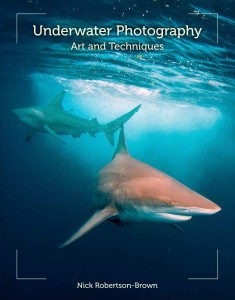 Do you want to learn more? You can pick up a copy of Nick’s book “Underwater Photography Art & Techniques” by clicking here.
Do you want to learn more? You can pick up a copy of Nick’s book “Underwater Photography Art & Techniques” by clicking here.
Underwater Photography Courses
Contact Nick for information on the Frogfish Photography Complete Underwater Photography Award, designed for 1:1 and small group sessions to improve your underwater photography at your pace.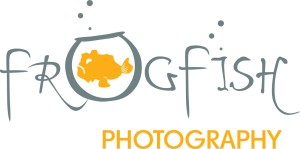
www.frogfishphotography.com | frogfishphotos@gmail.com | ![]() +44 (0)161 9177101
+44 (0)161 9177101
Blogs
TRAVEL BLOG: Jeff Goodman Dives SOMABAY, Part 3

Today we are diving one of the outer reefs from an inflatable. As we reach the bottom, a reef octopus eases its way into the cover of a small crack in the coral while displaying it’s incredible ability to change colour. They are arguably one of the most charismatic of reef dwellers and it is always exciting for me to simply hover and watch. I would have spent longer and waited for it to come and investigate me, but as dive time is limited we wanted to move on and find a turtle.
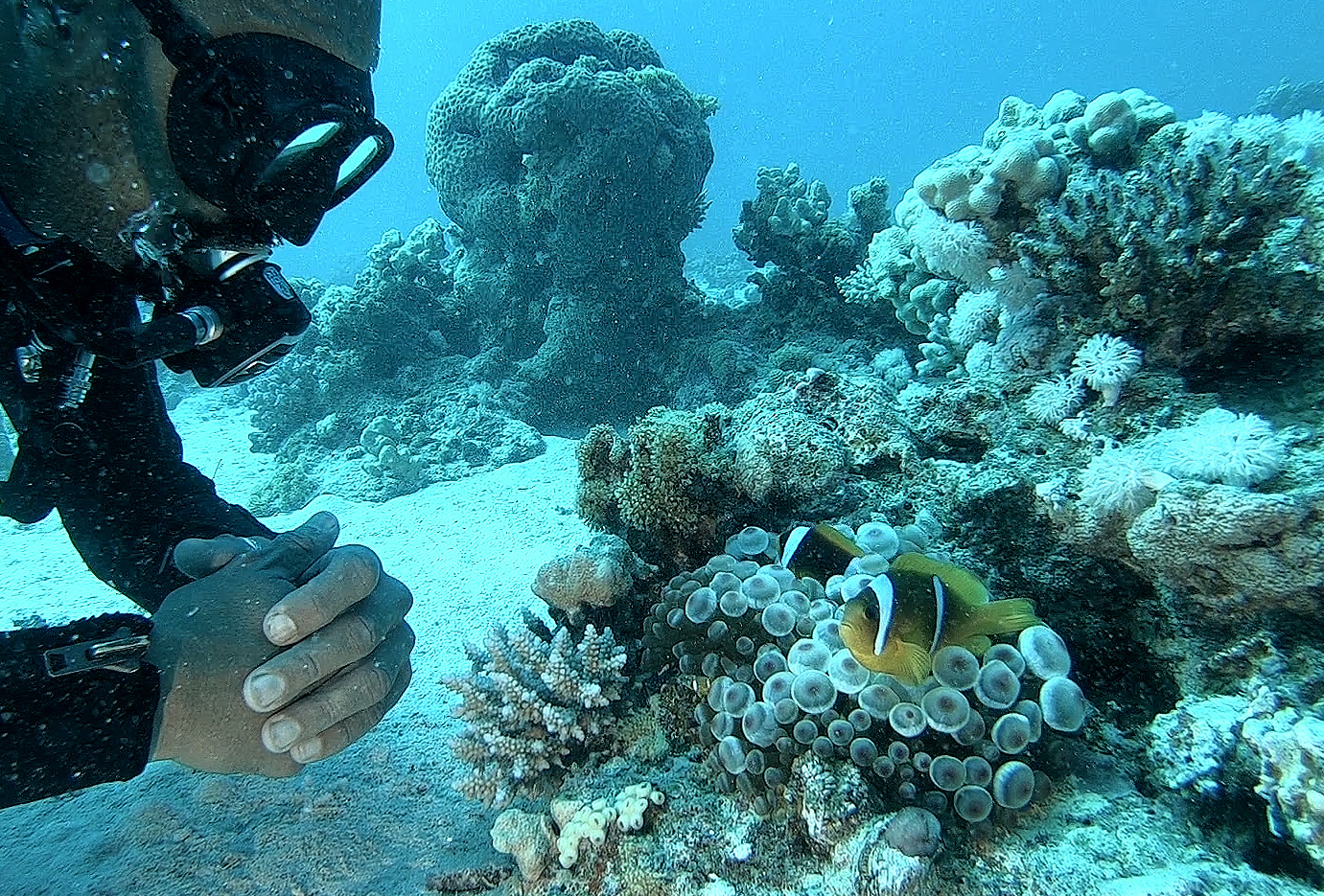
The waters around Somabay are well protected and hold a rich variety of marine life. The reef edges are thriving colonies of coral and shoaling fish, while nearer the sea bed plenty of wildlife is still to be found.
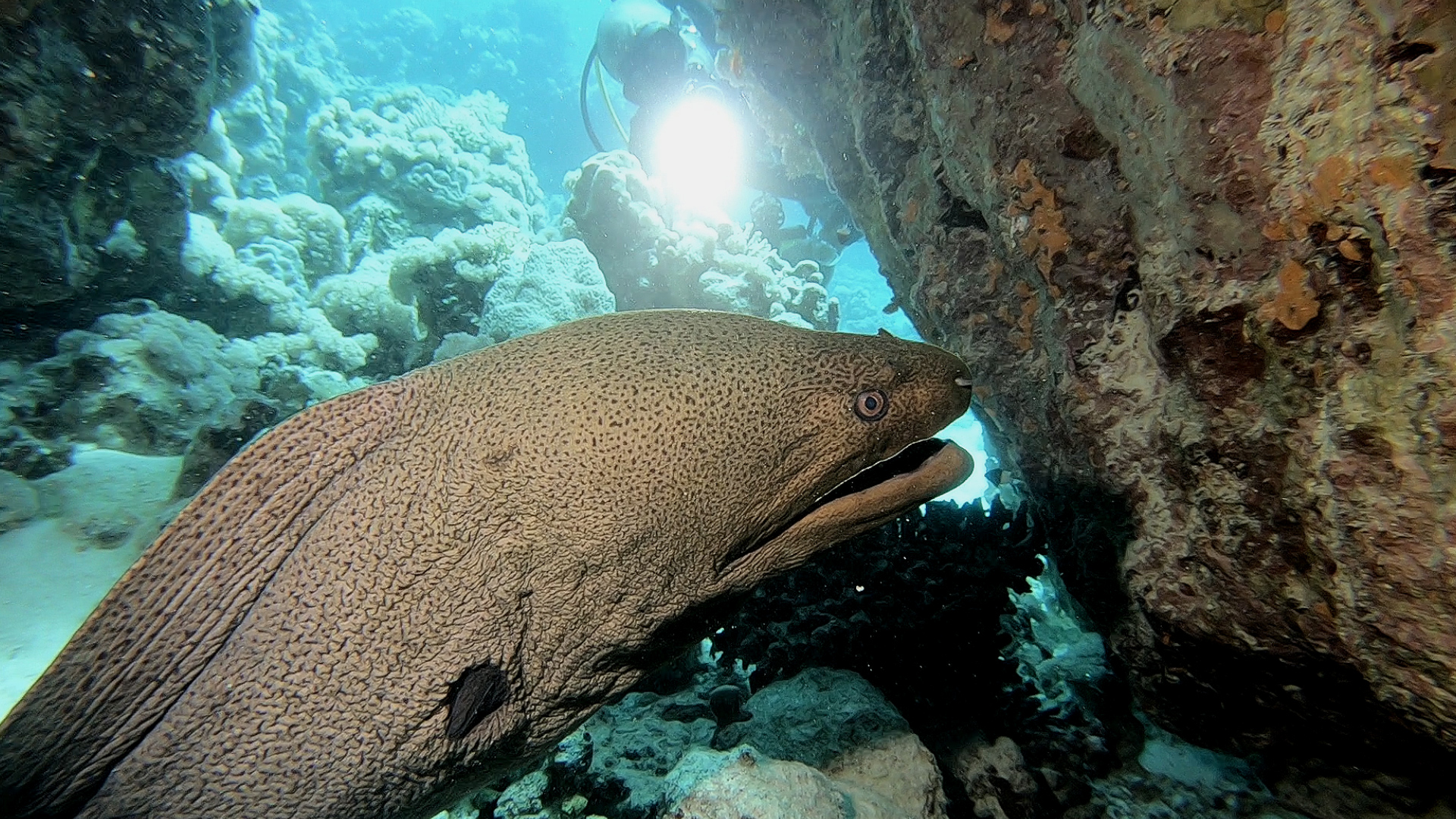
Then we located the turtles. They are very used to divers and so show little concern when slowly approached. In fact occasionally one will come over to see what you are doing. There is always huge excitement when diving with a turtle. The shear thrill of sharing a moment with another species.
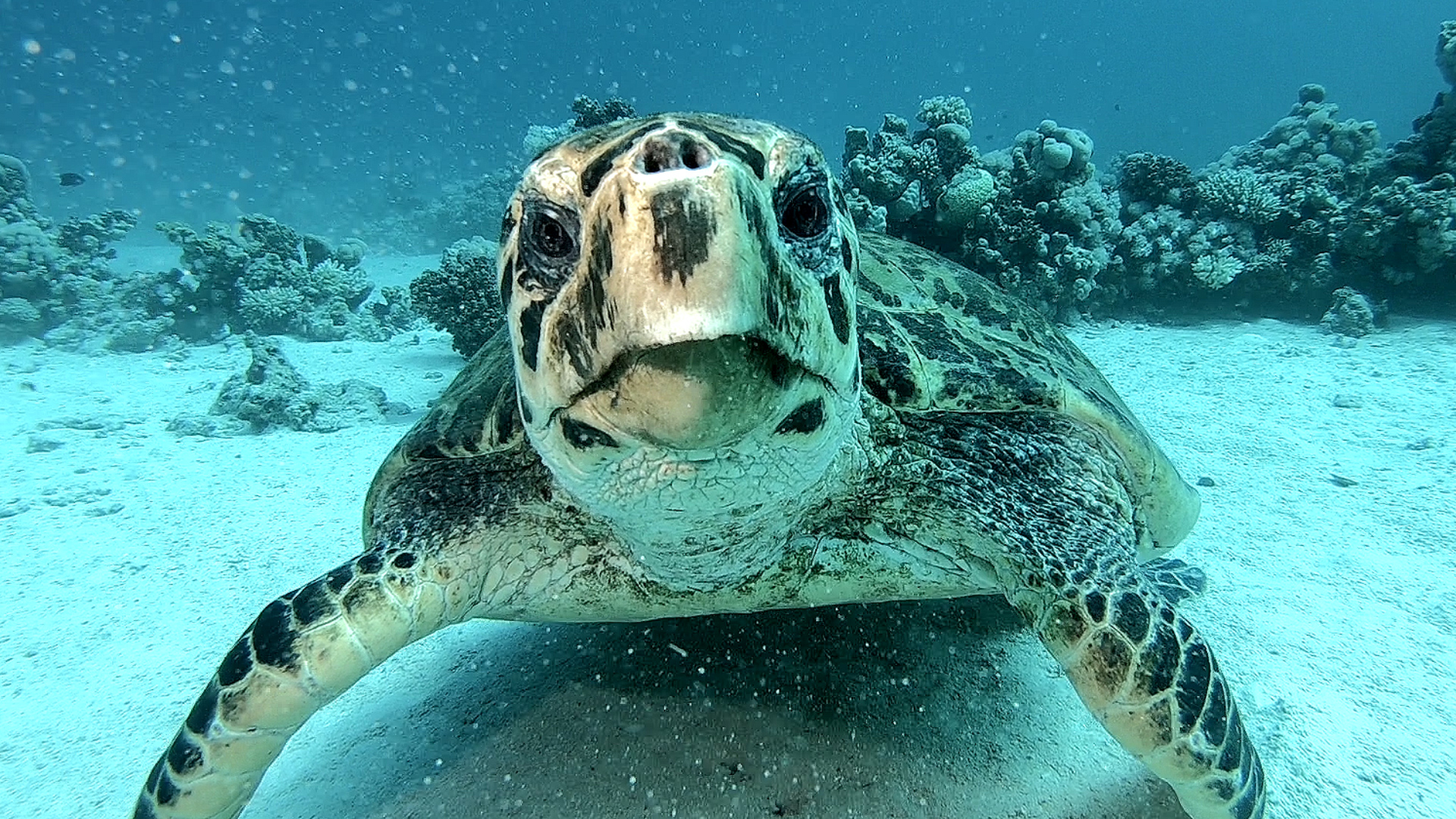
What a fantastic way to finish a wonderful few days diving and I would like to thank SOMABAY, ORCA DIVING and THE BREAKERS for making my stay such a good one.
I had a great time, with diving everyday either on the house reef or on one of the offshore reefs by inflatable or larger day boat. Orca diving provided high quality equipment and facilities while the staff were all very friendly and welcoming. The Breakers was right on the coast with nice rooms, good food and once again friendly staff making the whole trip a real pleasure.
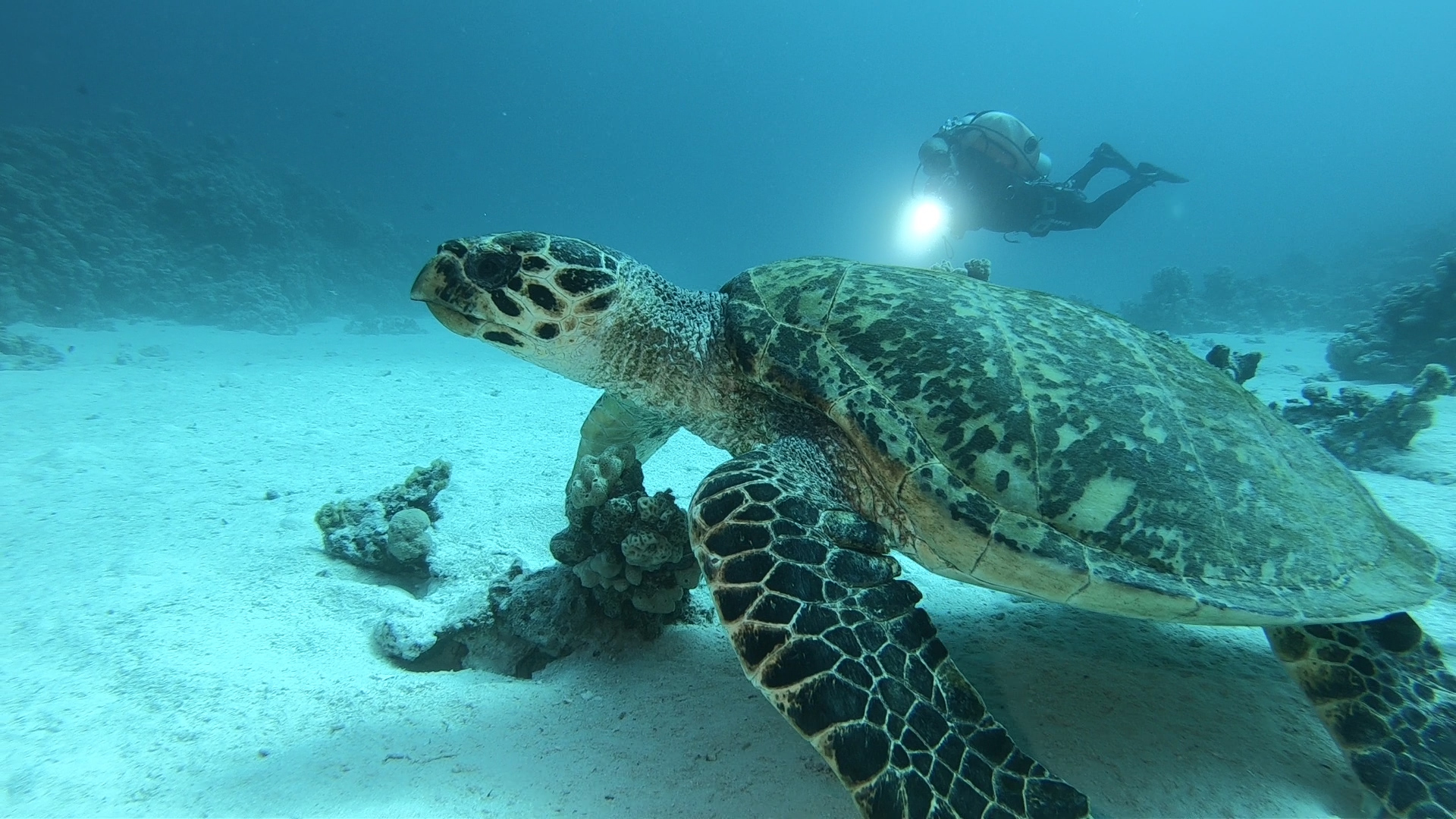
Soma Bay covers an entire peninsula and is home to several resorts as well as residential compounds.
As well as scuba diving, Somabay caters for many other sports and activities, and so is perfect for families as well as individuals and/or groups. And of course there is always time to lay peacefully on the beach under the Egyptian sun.
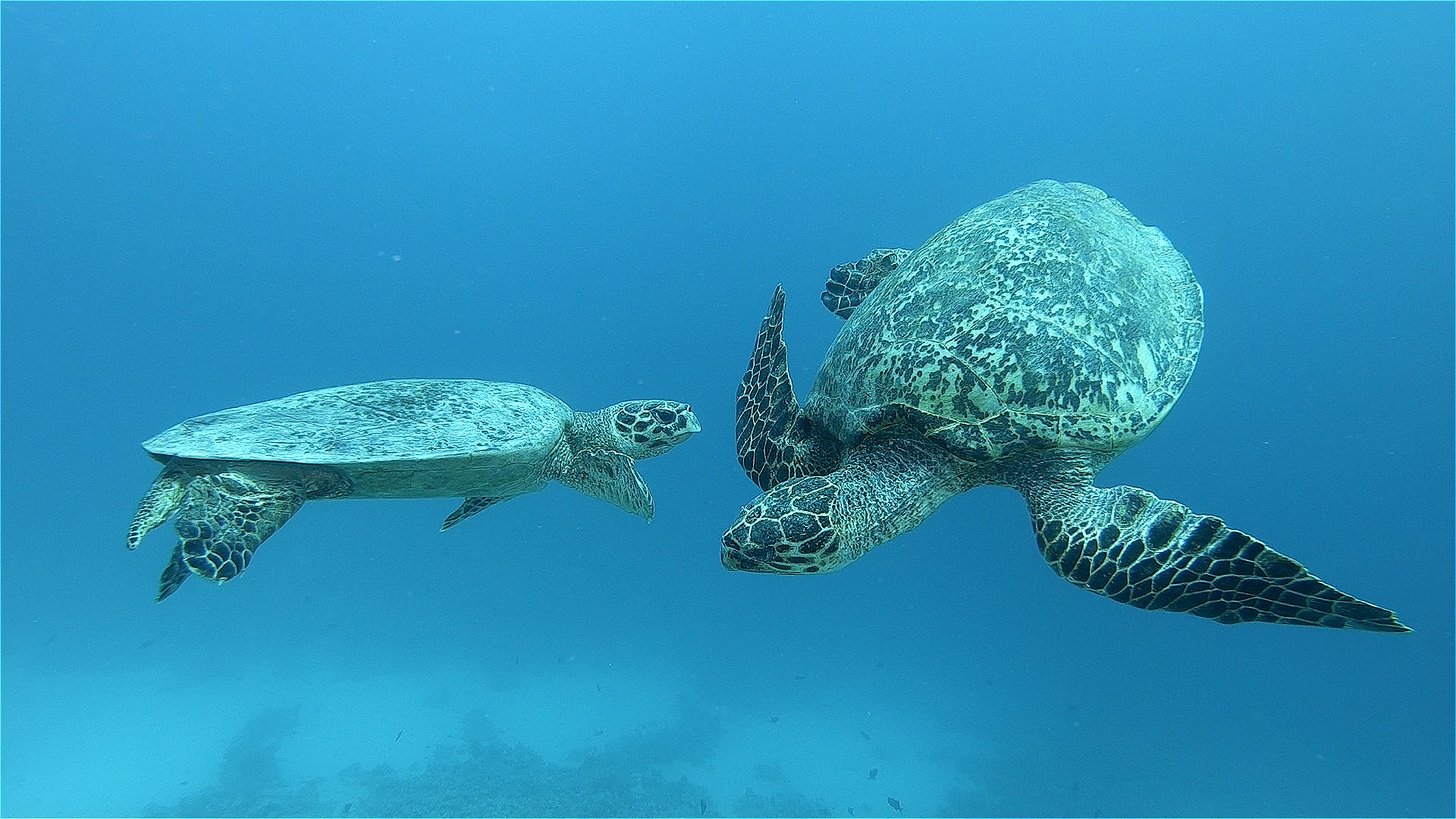
Book your next Red Sea dive adventure with SOMABAY! For more information, visit www.somabay.com.
Stay at the Breakers Diving & Surfing Lodge when you visit! For more information, visit www.thebreakers-somabay.com.
Find out more about ORCA Dive Clubs at SOMABAY at www.orca-diveclubs.com/en/soma-bay-en.
Blogs
TRAVEL BLOG: Jeff Goodman Dives SOMABAY, Part 2

Day three of my trip to Somabay and we were spending the day on the Lady Christina and diving on the wreck of the Salem Express.
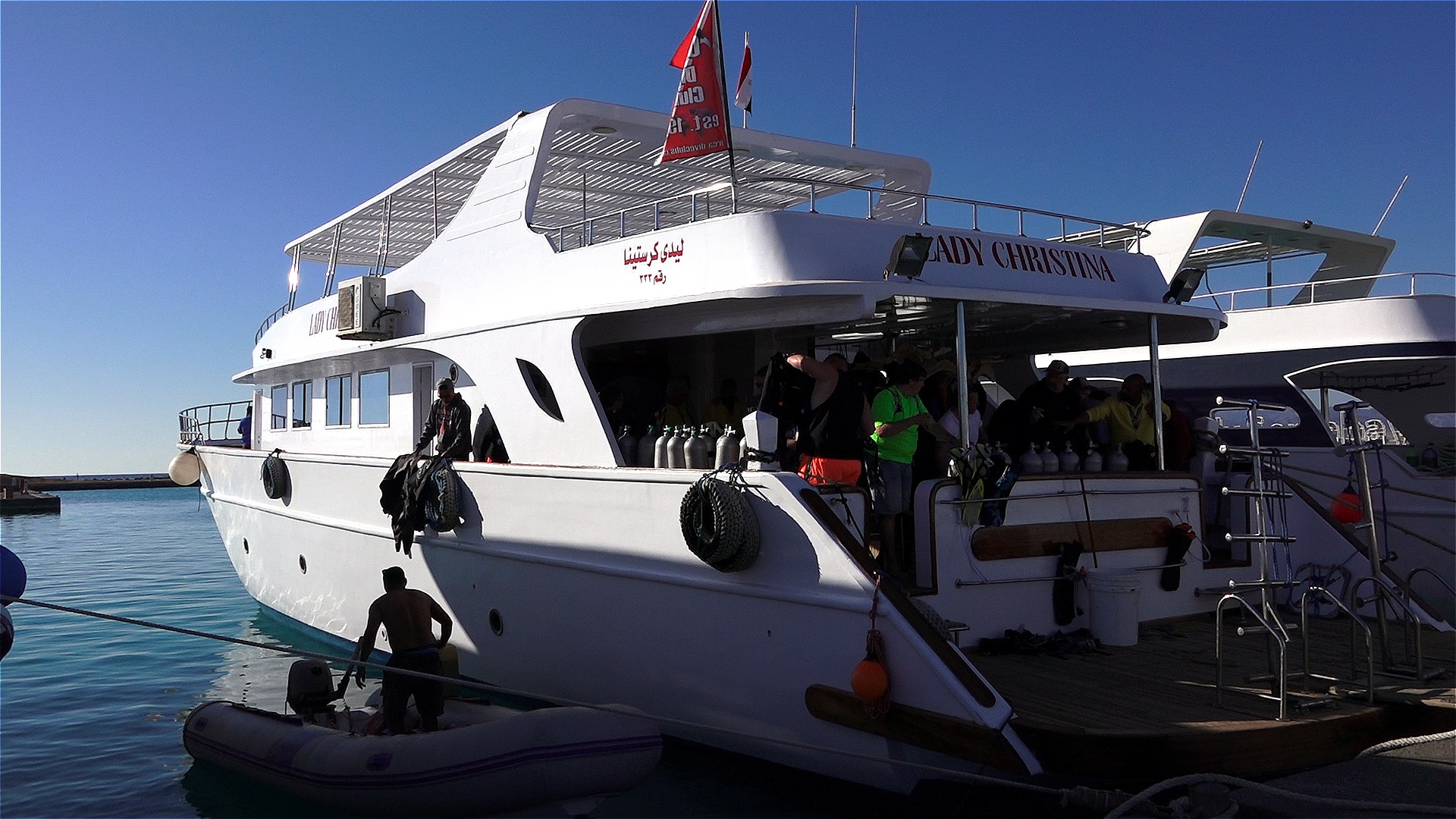
Diving wrecks for me is always one of mixed emotions. The excitement of diving a wreck is more than often tempered by the thought of loss of life when she sank. The Salem Express was a passenger ship and a roll-on/roll-off ferry travelling from Jeddah, Saudi Arabia to Safaga, Egypt. Most passengers were of poor class travelling home from their holidays while around 150 people were returning home from their pilgrimage to Mecca.

The ship struck a reef and sank within 20 minutes. Passengers were trapped below deck and the ship was filled with fear and panic.

The wreck area is strewn with personal belongings from the crew and passengers such as a transistor radio and a flat iron for clothes. A diver at sometime has put them in a prominent place to be seen.

Tragically only one life boat was launched while the others went down with the ship. More than 600 men, women and children lost their lives here.

It’s a stark reminder that the sea can be unforgiving and so when we dive on such wrecks we should do so with humble regard.
Returning to the surface, shoals of fish are gathered under our boat and seem to be welcoming us back into the light.
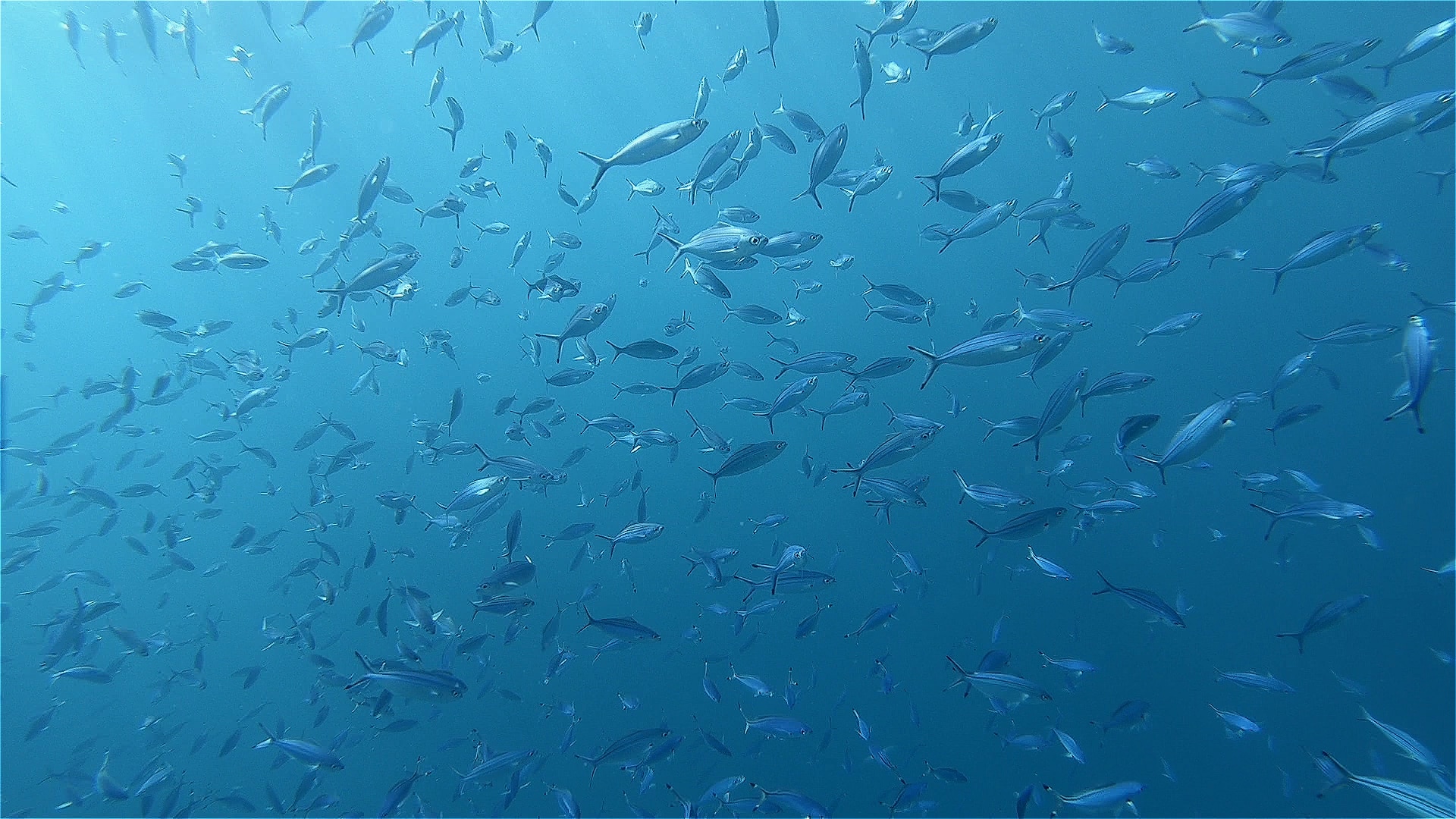
Back at the Breakers I sat in the dining area with a beer and a very good meal while my thoughts still remained with the day’s dive on the Salem Express.
Check in for part 3 tomorrow for Jeff’s last day of diving with Somabay on the off-shore reefs looking for turtles.
Book your next Red Sea dive adventure with SOMABAY! For more information, visit www.somabay.com.
Stay at the Breakers Diving & Surfing Lodge when you visit! For more information, visit www.thebreakers-somabay.com.
Find out more about ORCA Dive Clubs at SOMABAY at www.orca-diveclubs.com/en/soma-bay-en.
-

 News3 months ago
News3 months agoHone your underwater photography skills with Alphamarine Photography at Red Sea Diving Safari in March
-

 News2 months ago
News2 months agoCapturing Critters in Lembeh Underwater Photography Workshop 2024: Event Roundup
-

 Marine Life & Conservation Blogs2 months ago
Marine Life & Conservation Blogs2 months agoCreature Feature: Swell Sharks
-

 Blogs1 month ago
Blogs1 month agoMurex Resorts: Passport to Paradise!
-

 Gear News3 months ago
Gear News3 months agoBare X-Mission Drysuit: Ideal for Both Technical and Recreational Divers
-

 Blogs2 months ago
Blogs2 months agoDiver Discovering Whale Skeletons Beneath Ice Judged World’s Best Underwater Photograph
-

 Gear Reviews2 months ago
Gear Reviews2 months agoGear Review: Oceanic+ Dive Housing for iPhone
-
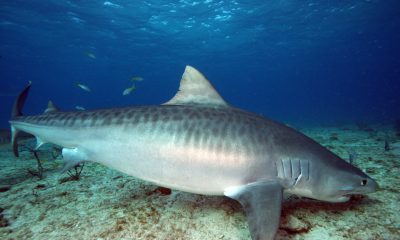
 Blogs3 months ago
Blogs3 months agoThe Thrilling Encounter with Tiger Sharks at Beqa Lagoon’s ‘The Colosseum’ with Coral Coast Divers



